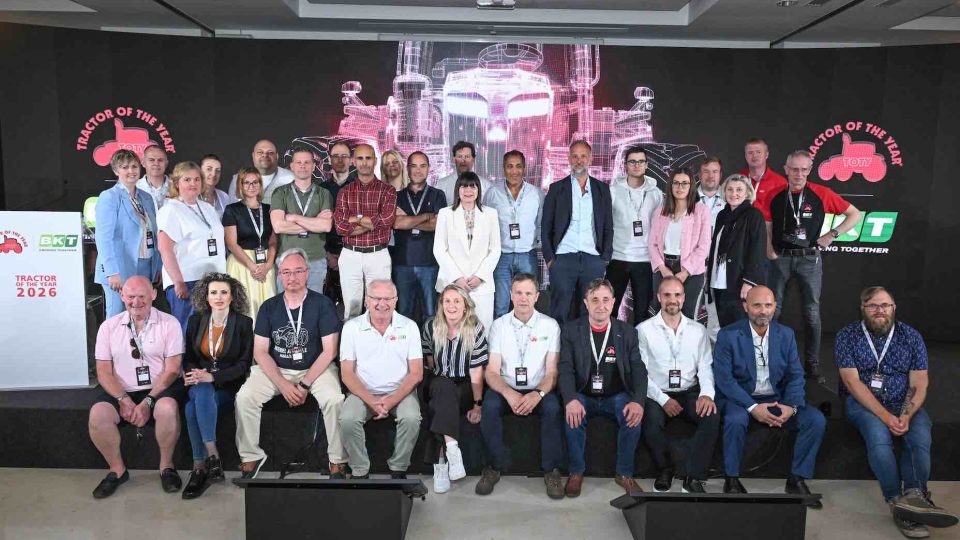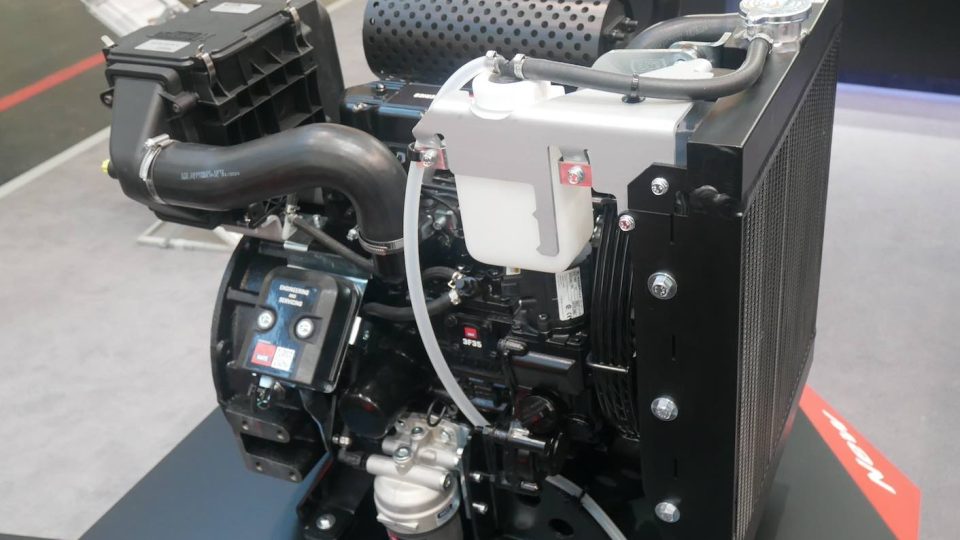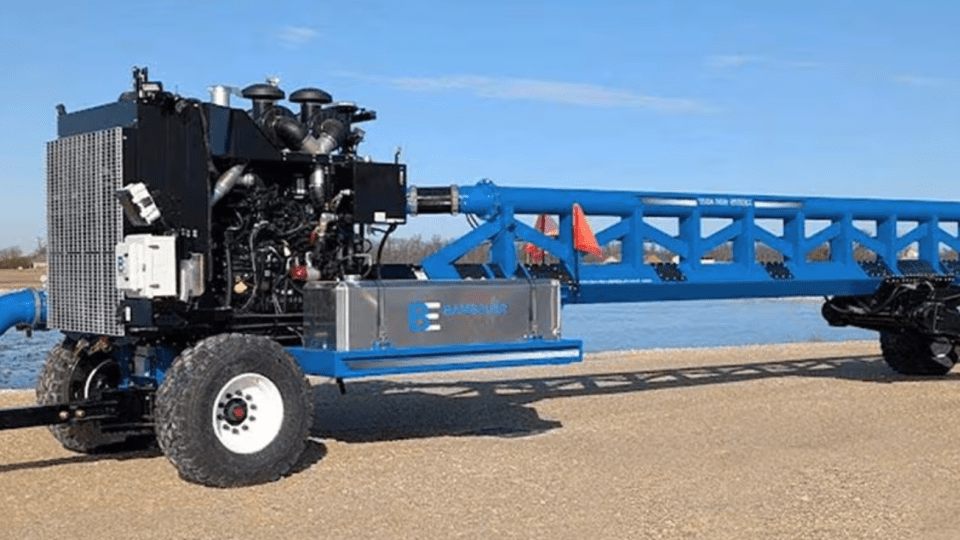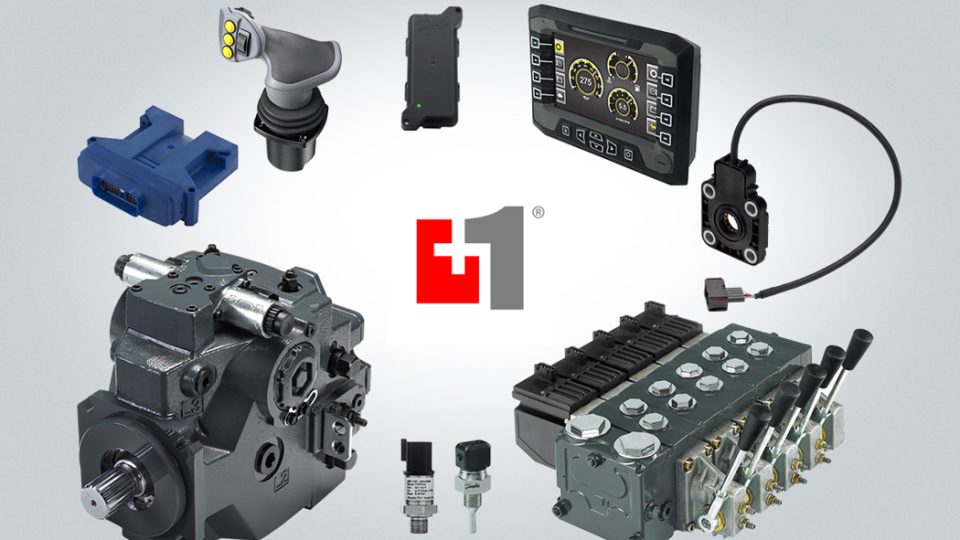AEM: embracing electric power
Five ways owning an electric machine is different from owning a diesel one, according to AEM (American Equipment Manufacturers). Read the full article in the May issue of Powertrain.
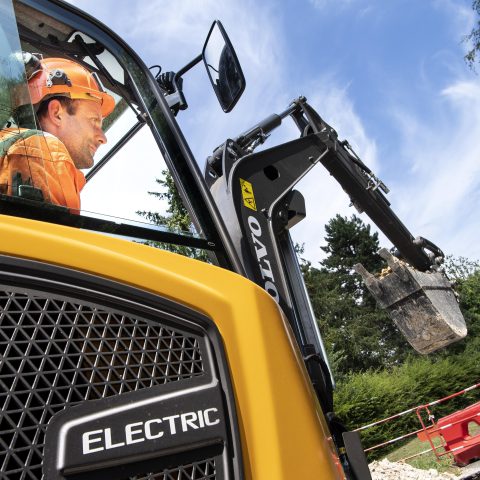
The Association of Equipment Manufacturers (AEM) represents more than 1,000 companies in the agriculture and construction-related industry sectors worldwide. The equipment manufacturing industry in the United States contributes roughly $288 billion to the economy every year. The US is at the forefront of electrification processes (Nikola, for example, Cummins and Caterpillar, Dana Inc., Allison and Meritor, to name a few others). Who better to comment on decarbonisation among industrial applications than AEM? Casper Company, a concrete and demolition contractor based out of Spring Valley, owns six EVs – a fleet of Sherpa stand-behind skid steer loaders and Brokk radio remote control demolition machines – and for three months they demo’d the Volvo L25 Electric compact wheel loader and the Volvo ECR25 Electric compact excavator. The L25 Electric features the newest Li-ion battery 48V technology with 39 kWh capacity. It is powerful. It provides a peak electric motor driveline of 48 hp and a peak electric motor working hydraulics of 43 hp. The ECR25 Electric is a zero-tail swing machine that features a battery voltage of 48 V, a battery capacity of 20 kWh, and a peak electric motor of 24 hp. It has a maximum dump height of nine feet, eight inches (with the optional long arm) and a maximum dig depth of nine feet, one inch (with the optional long arm), and features a breakout force of 5,020 lb.-ft.
“We used them in excavation applications, fitted the excavator with a hydraulic breaker, cutting out concrete with the loader, truck loading, grading, underground work to all things demolition,” says Casper Company Equipment Demolition Superintendent, Darrell Merritt. Both the electric and diesel versions can perform all the same functions and run all the same attachments without seeing a change in performance. “We got five to six hours of use out of the machines,” says Merritt. “And, every night we transferred them back to our yard for charging.” The L25 has an indicative runtime of up to eight hours (depending on application) and an off-board charging time of about two hours. The ECR25 has an indicative runtime of up to four hours (depending on application) and can reach 80 percent of a full charge in 50 minutes (both using the 400 VAC 32A charging system). “Toward the end of the three-month trial, we hooked up a tow-behind battery, and then got eight hours of work from them,” says Merritt. The on-board charging time for the L25 is about 12 hours and the on-board charging time for the ECR25 is about five hours (both with the 230 VAC 16A recharging system).
The second major difference when owning EVs is the decreased maintenance. “We experienced no maintenance issues during the trial,” says Merritt. An electric engine has less components than a diesel engine, which means there is less to go wrong and less that needs servicing. There are no oil changes, no filter changes and no diesel exhaust fluid. Also, operators won’t accidentally put diesel in the DEF tank or DEF in the diesel tank since there are no tanks. Electric energy is clean in two ways; it’s better for the environment (depending on the energy source) and it is always free from contamination. With EVs, you don’t need to place orders for and then store large quantities of fuel for your fleet. And, you don’t have to worry about that fuel getting contaminated or ensuring it stays at the correct temperature. Electric energy is always free from contamination, and it will never be wasted due to spoilage. Since a lot of EVs can work indoors and other spaces that diesel machines can’t work, these machines are often replacing manual labor.
“Our jobs demand EVs,” says Merritt. “We work underground and inside buildings that are occupied, so diesel machines aren’t an option. In these cases, we often work by hand, but there is a huge gain in productivity by using an EV. An application that takes one hour by hand, we can complete in just 20 minutes with an electric machine.” The Volvo L25 Electric and ECR25 Electric were demo’d by not just Casper Company, but three other companies in various applications in different climates across the US; the machines are expected to be available next year.






